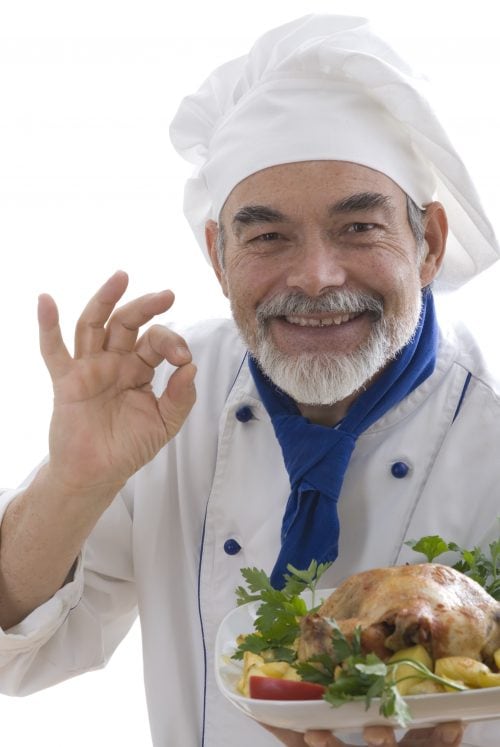
Even the most health-conscious of us can be caught out at restaurants. Here are some tips on how to decode those menus.
When eating at a restaurant or café, we rely on the menu and the waiter to tell us about the food. Some menus describe their dishes in great detail so you really know what you are ordering. Others are quite brief and this is where it pays to ask the waiter a few questions.
Any good café or restaurant will not mind you asking about their food. They want you to enjoy your meal and hopefully return, so don't feel shy about doing this.
Menu language traps
Menus are written to entice, the idea being to make you order their contents!
So be on the lookout for these terms as they all signal that the dish is loaded with extra fat: Bearnaise, buerre blanc, creamy, crispy, crumbed, confit, fried, fritter, gratinee, hollandaise, parmigiana, pastry, pie and tart.
Knowing how a dish has been prepared can help you make a healthy choice:
Grilled: Food is cooked on or under a hot grill plate. A cooking method that involves minimal fat. A healthy choice.
Poached: Food is simmered gently in liquid; often water, wine or stock. A healthy choice.
Pan-fried: Food is cooked in fat (oil or butter) in a hot pan. Can be a healthy choice but you'll need to check: if it's cooked in butter, you'll be getting more saturated fat than you may want. Ask if it can be cooked in minimal oil instead, or make another choice
Sautéed: Another word for fried, although this should not involve a lot of fat. Ask what they use.
Crumbed: Food is coated in crumbs and fried or deep-fried. You'll want to check if it's pan-fried – in which case it's an OK choice, or deep-fried – in which case you may want to make another choice. People with coeliac disease should be wary of crumbed items.
Baked or roasted: Food is cooked in the oven, usually with a small amount of fat. If you're concerned about fat content, ask how the dish has been roasted: are the items tossed in oil before roasting, or dry-roasted? Has meat been rubbed with oil or butter? If minimal fat is used, this can be a healthy choice.
Battered: Food is coated in batter and usually deep-fried. This should ring alarm bells; you may want to make another choice.
Creamed: Food is often puréed and often has butter and cream added. Probably not a healthy choice.
Watching your weight?
Caesar salad: It's salad, so it must be healthy, right? Not if it's a Caesar with its creamy dressing, parmesan and oily croutons. You're probably better off with a steak and vegetables.
Carrot cake: Sounds healthy because of the "carrot", but don't forget the "cake" part. Carrot cake can pack as much punch in kilojoules as chocolate cake.
Pate and terrine: These tasty morsels seem small and innocent, but they're made with livers and fatty meat (usually pork) which means they're packed with saturated fat. Pate can have cream added, too.
Crème brulee, crème caramel: There's a reason these have "cream" in their names! Consider sharing with a friend and just having a few spoonfuls.
www.healthyfood.com










